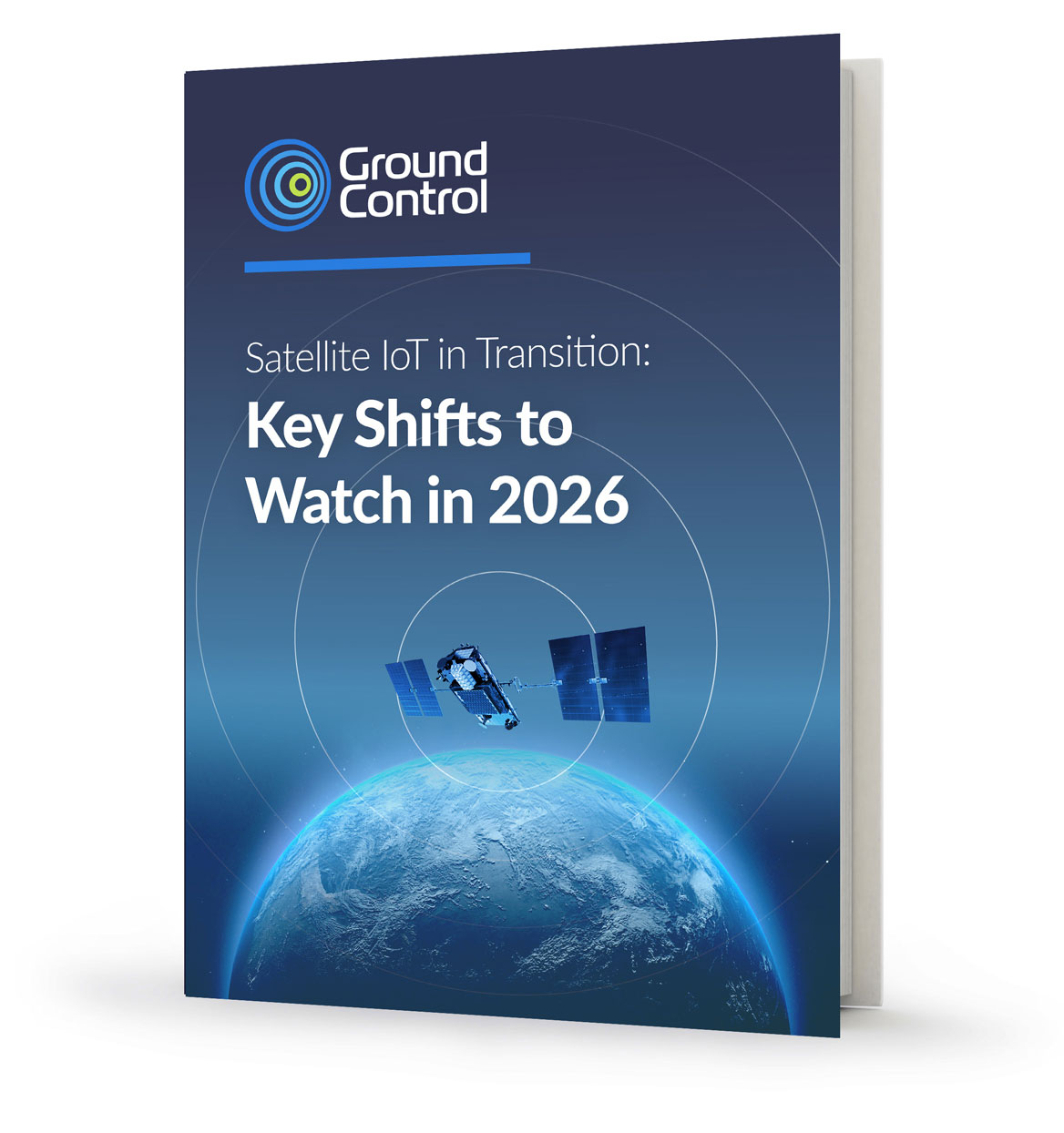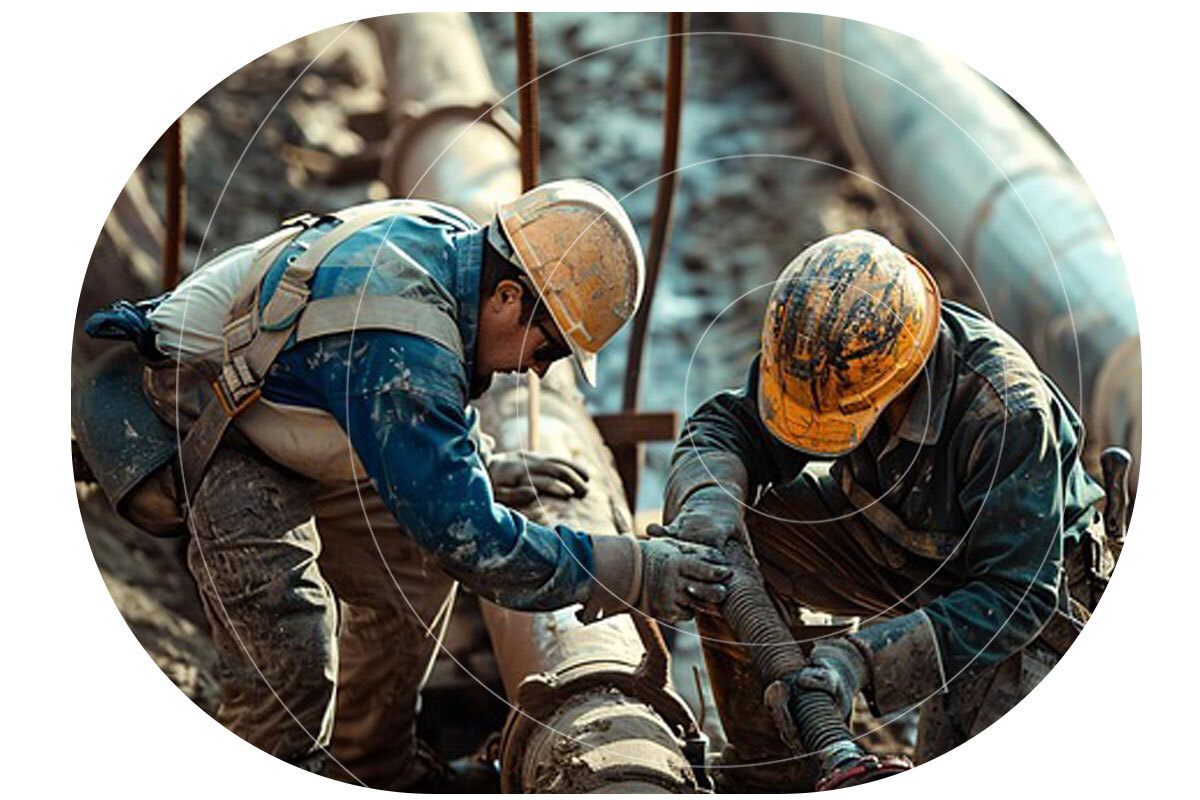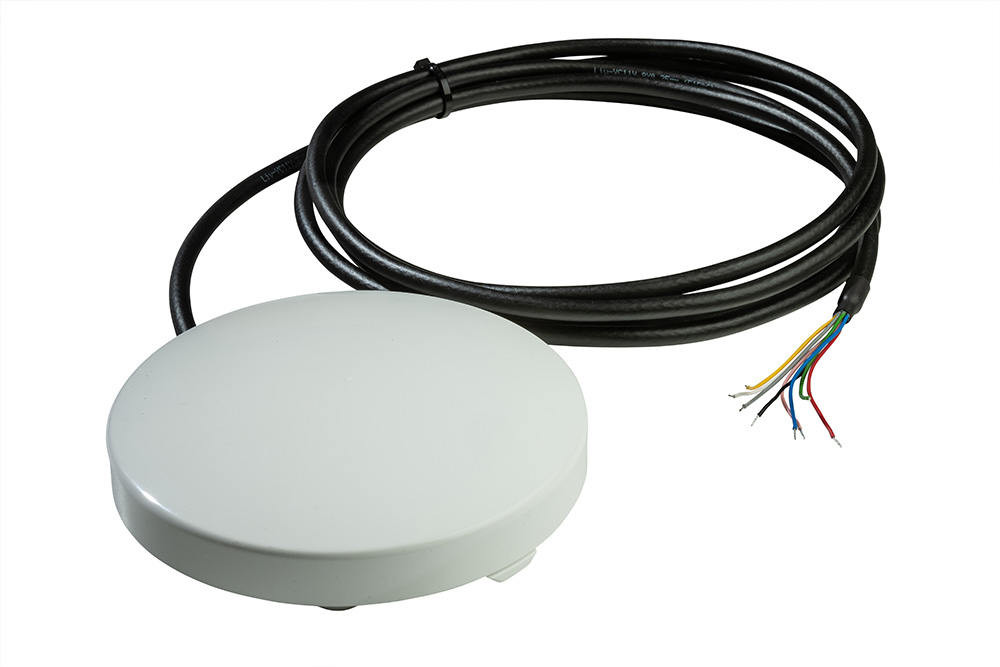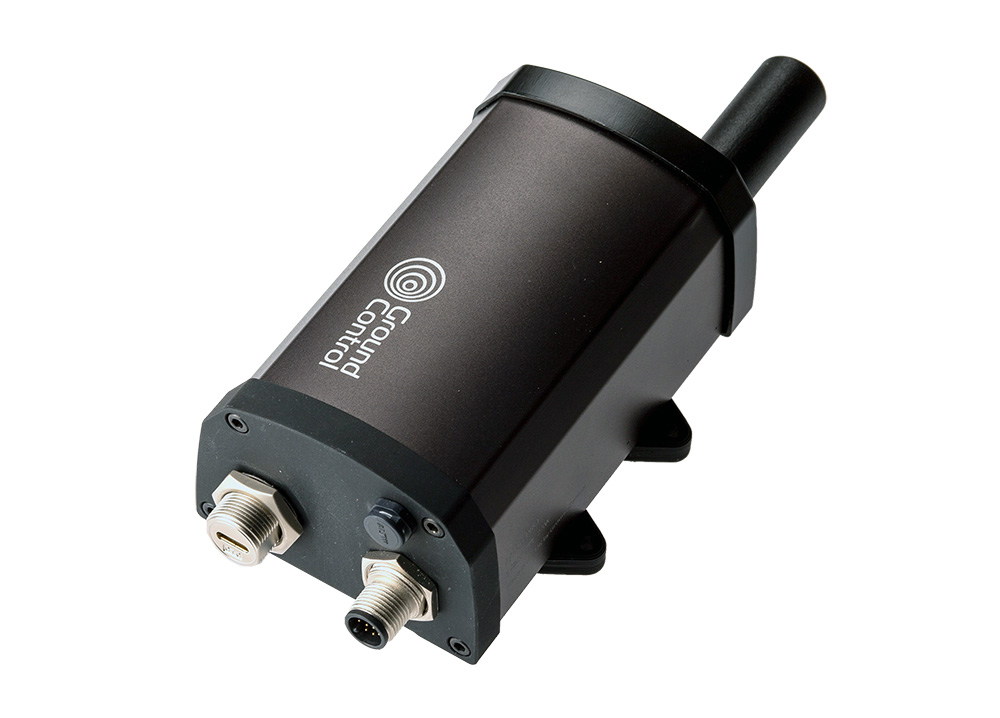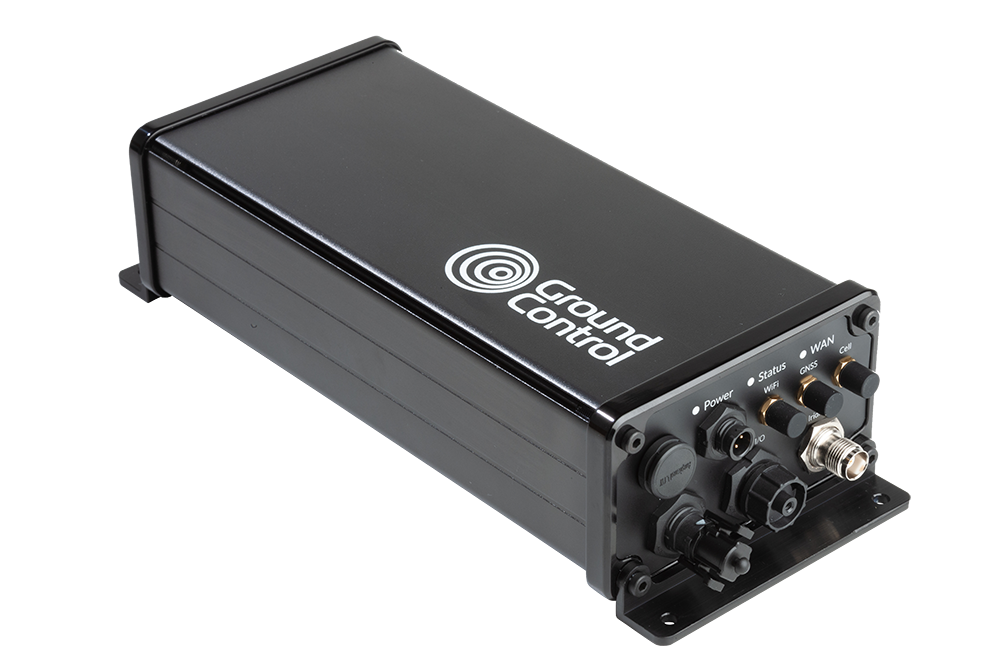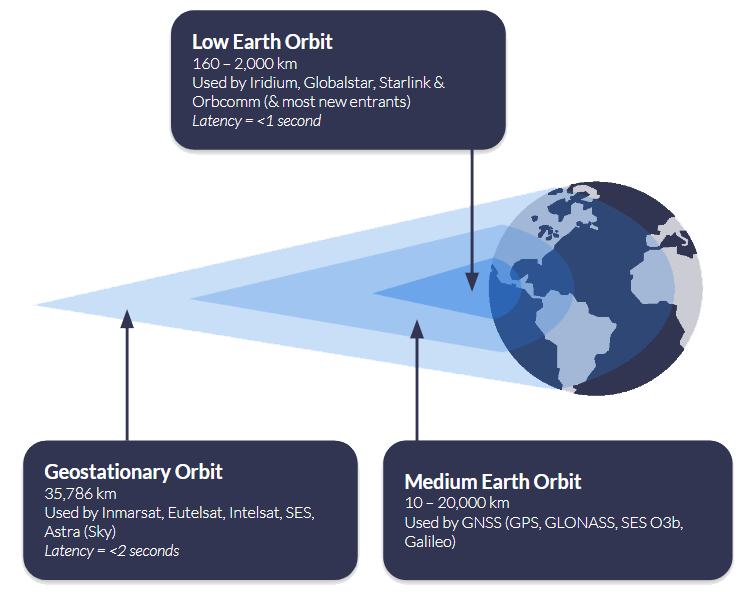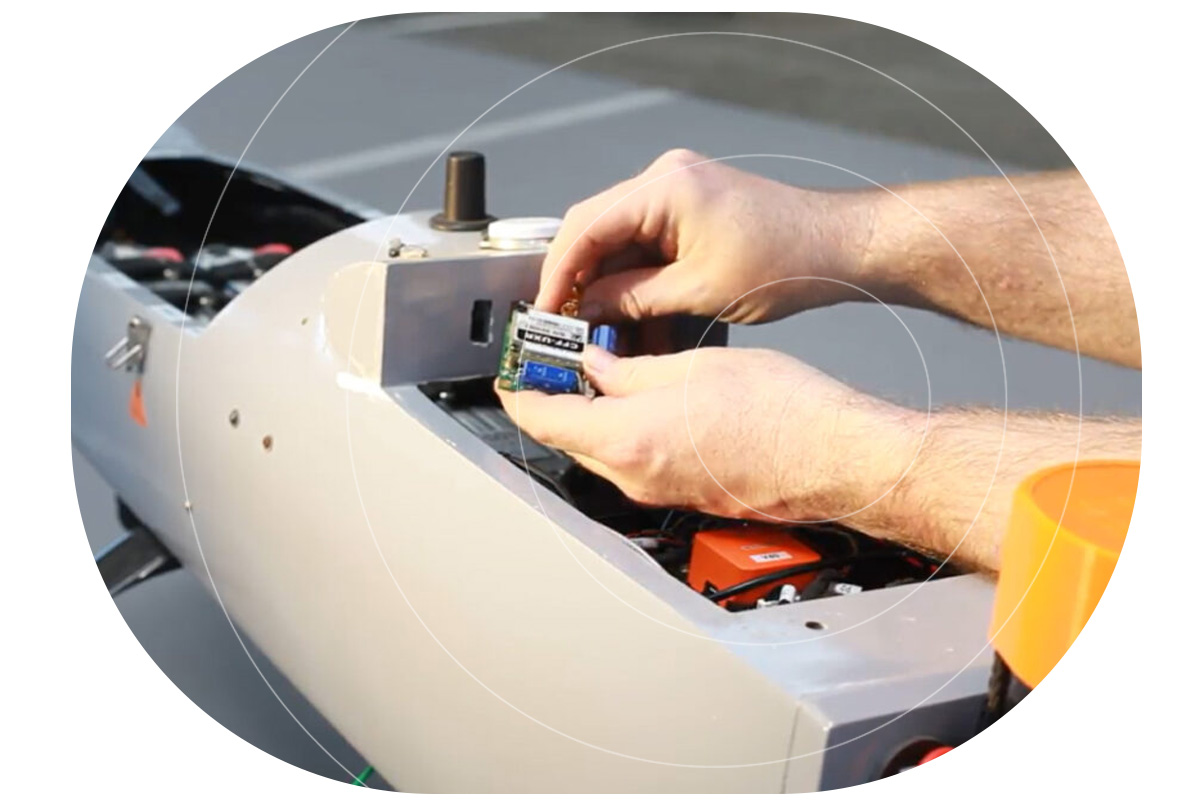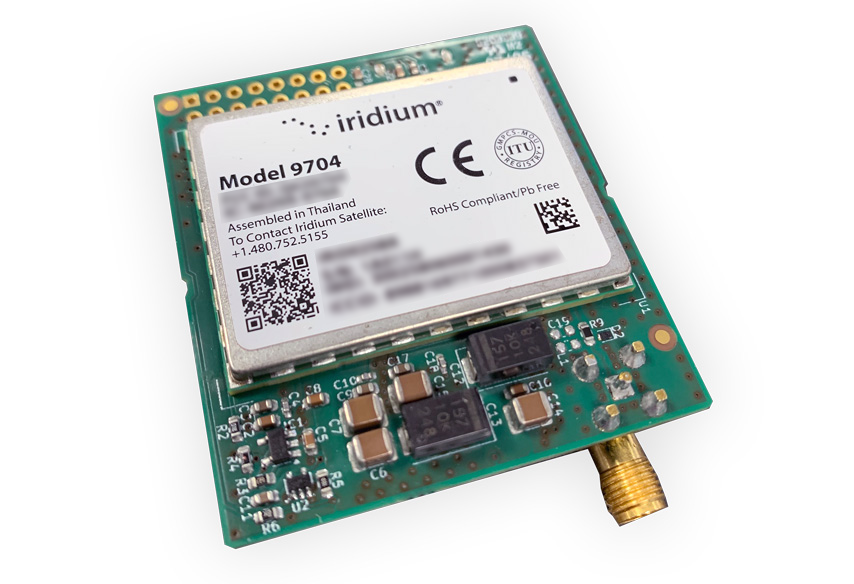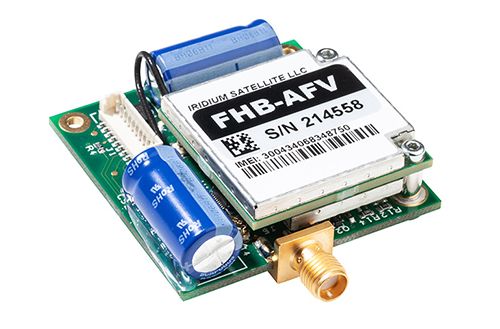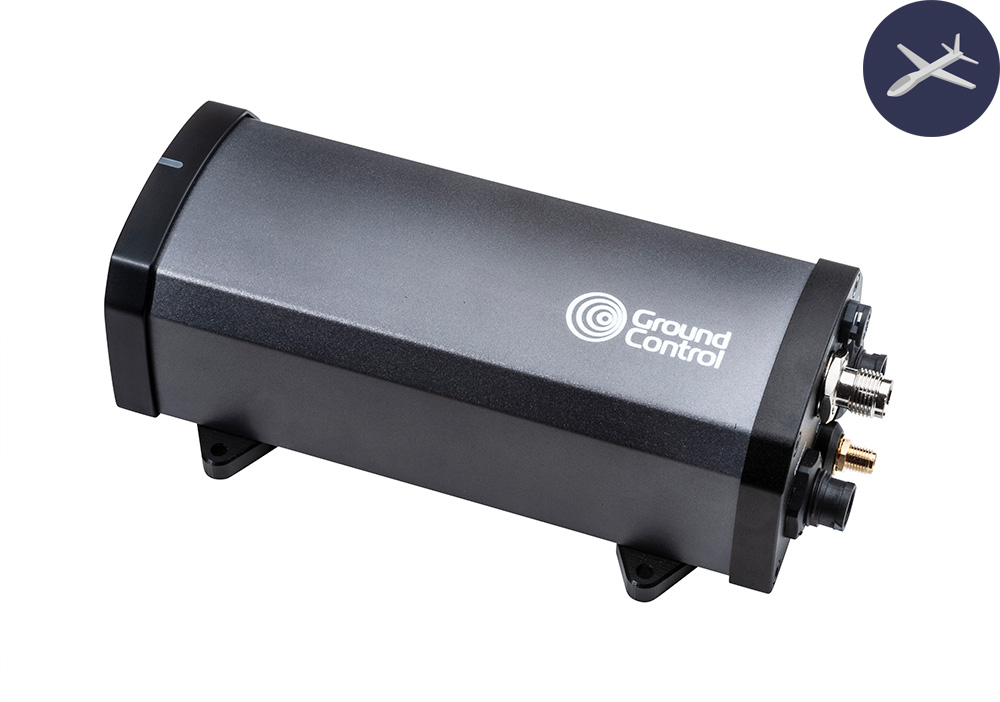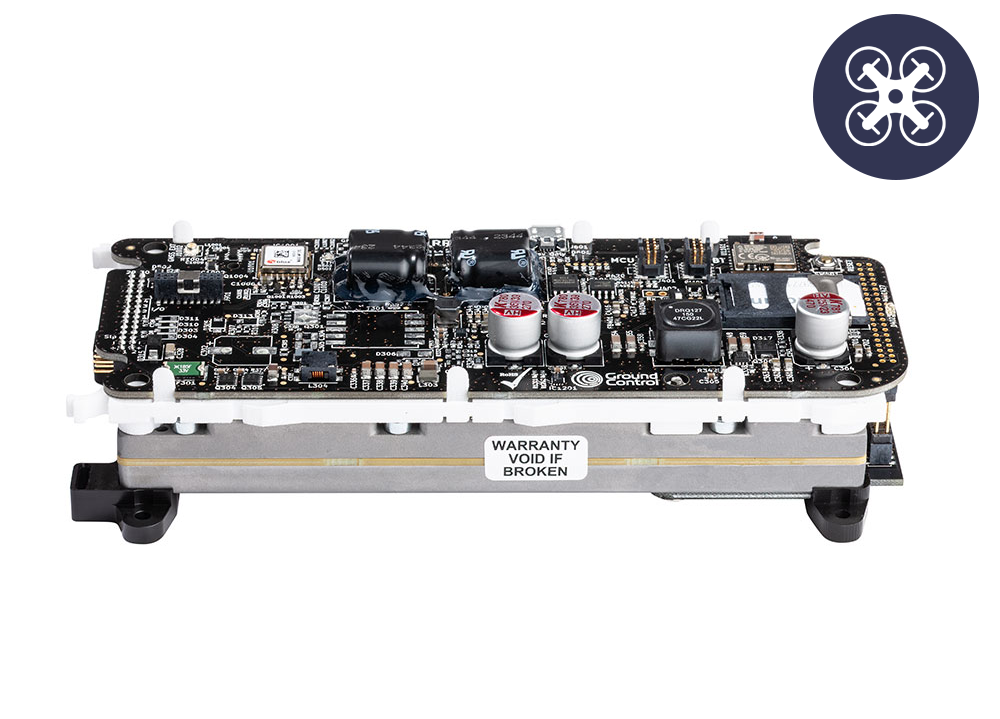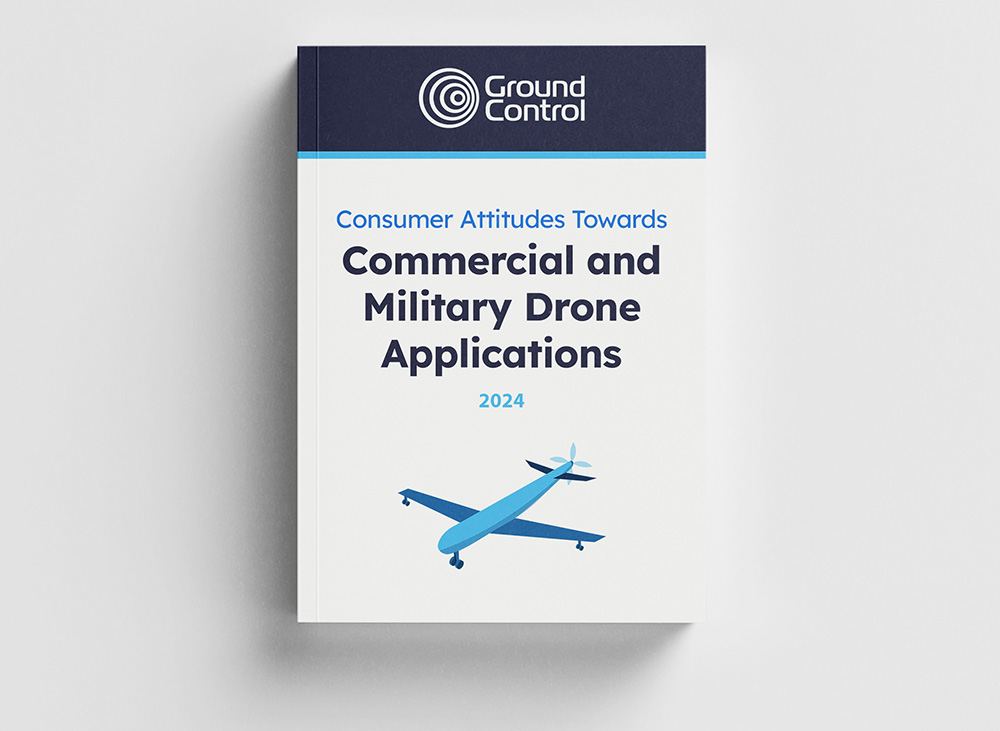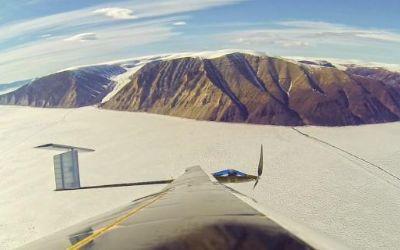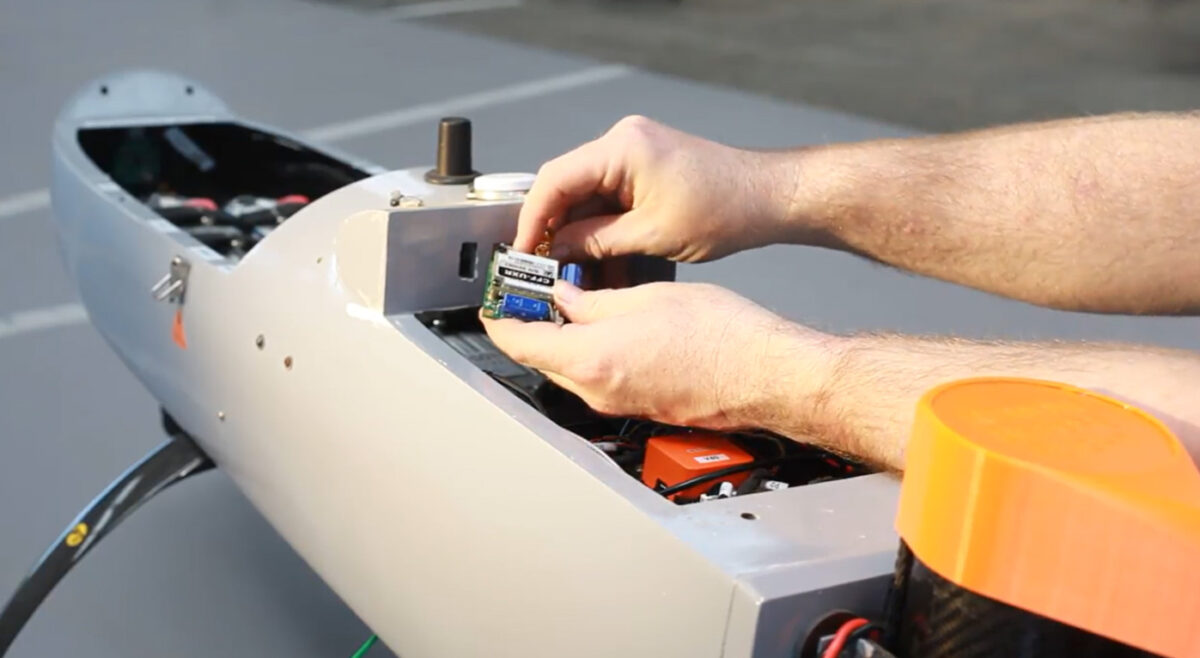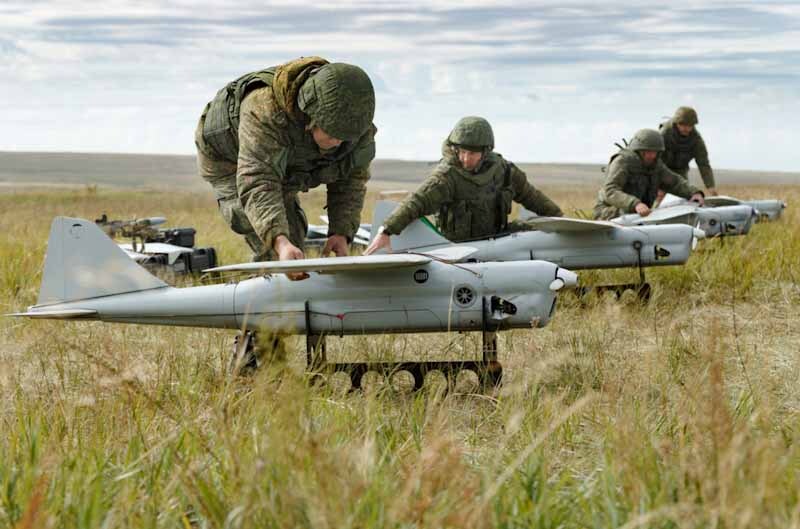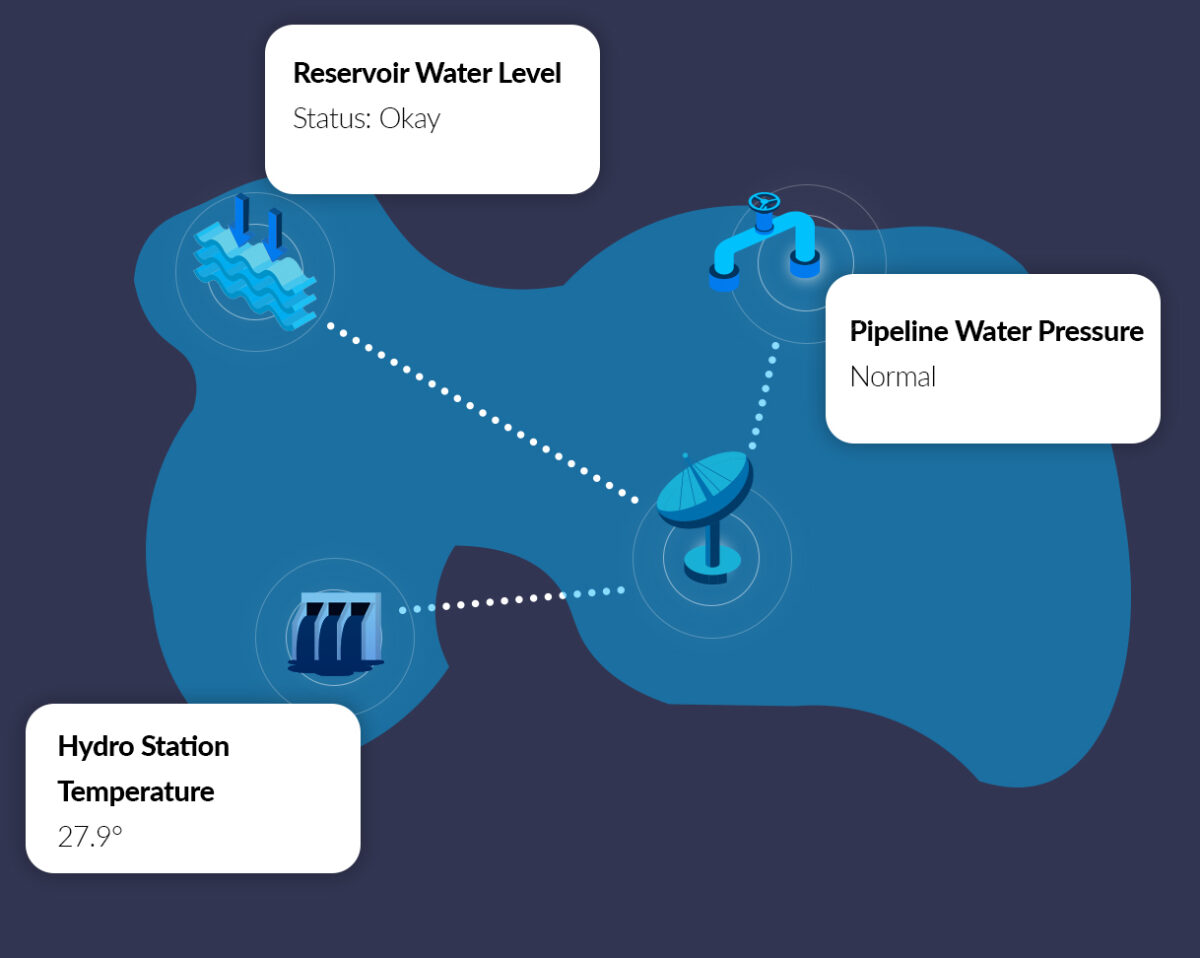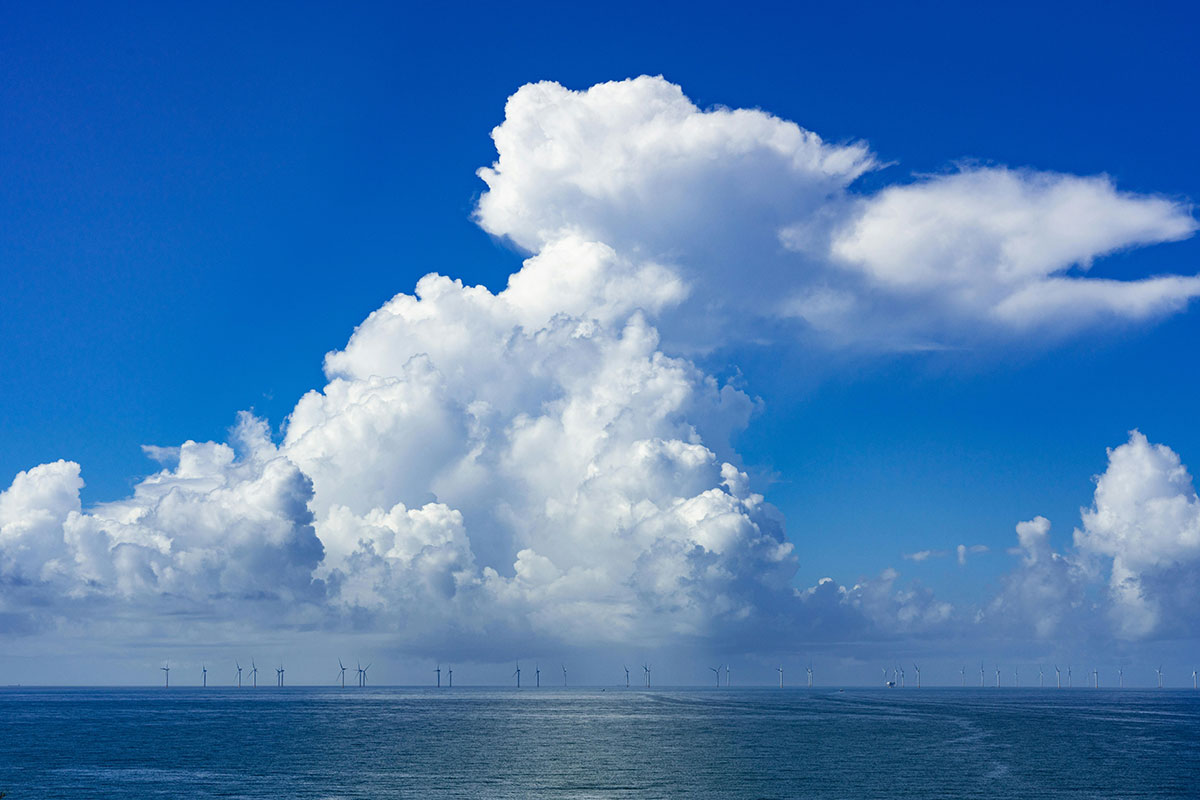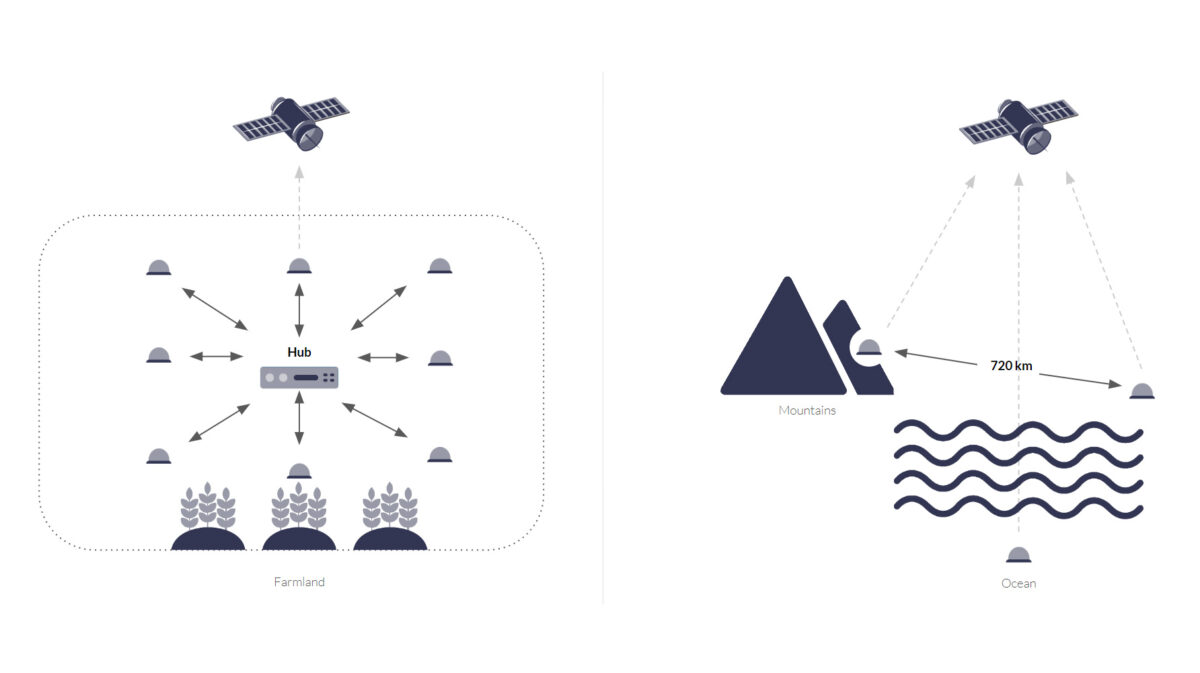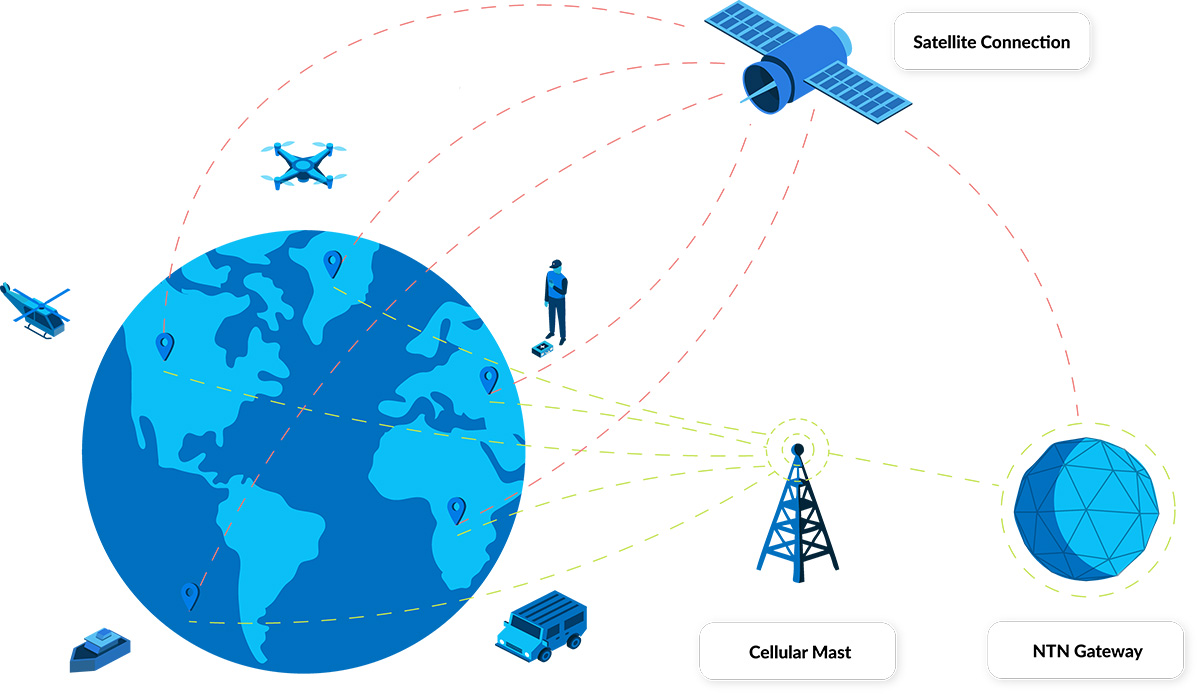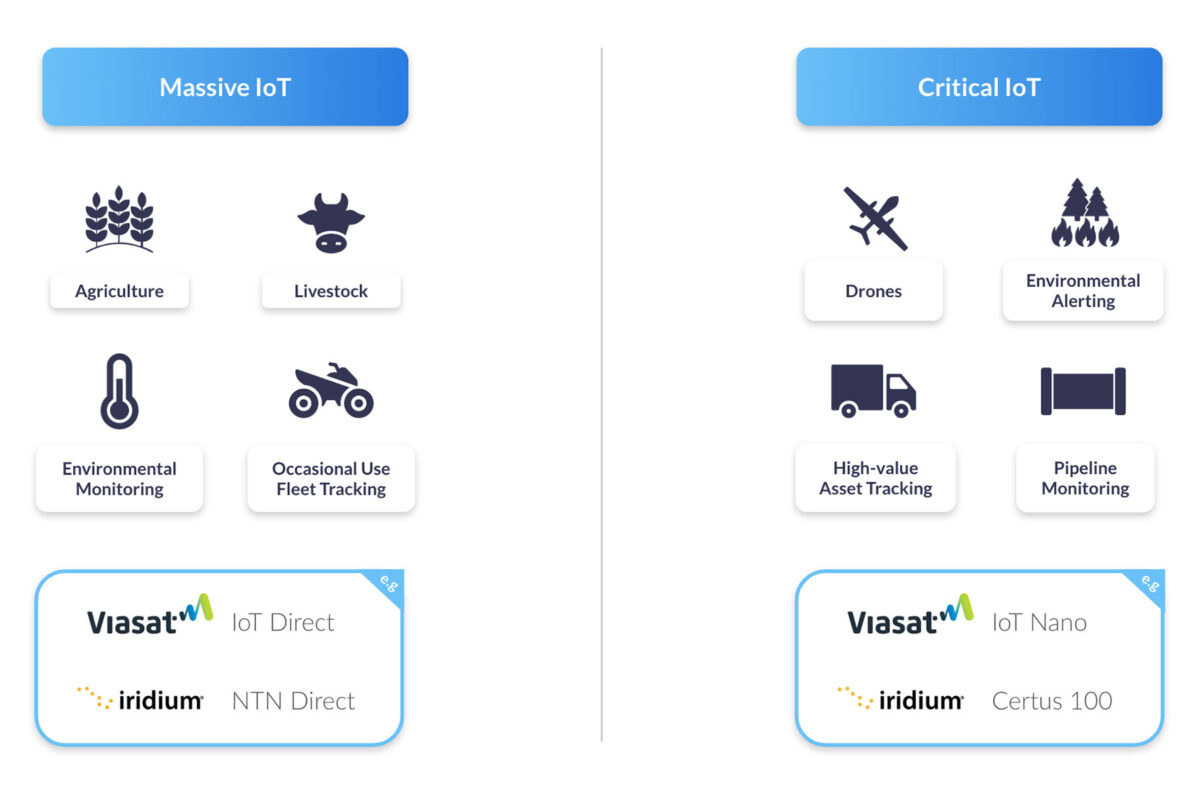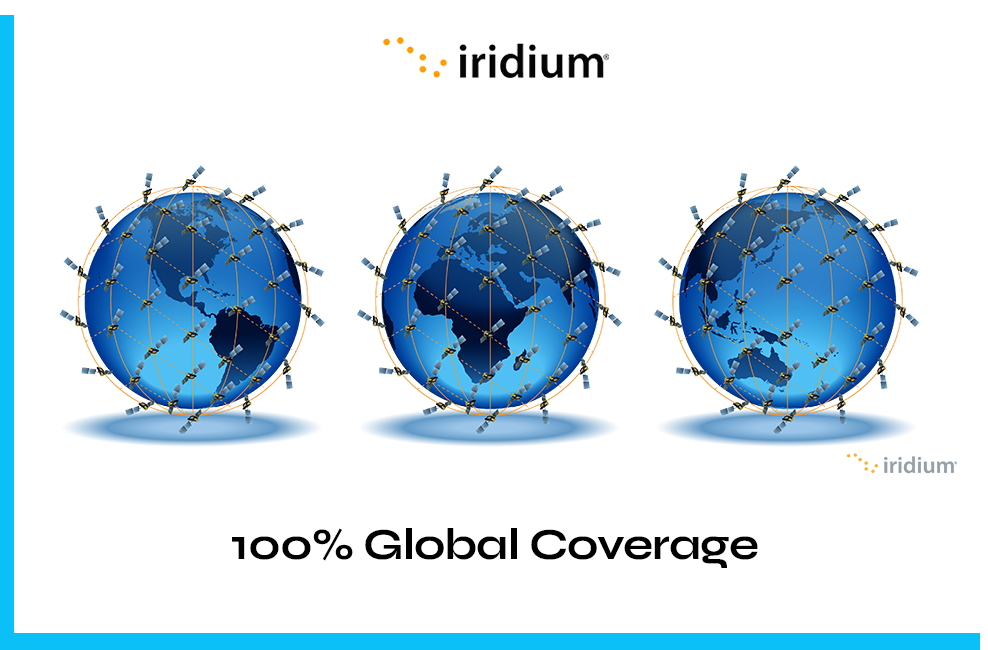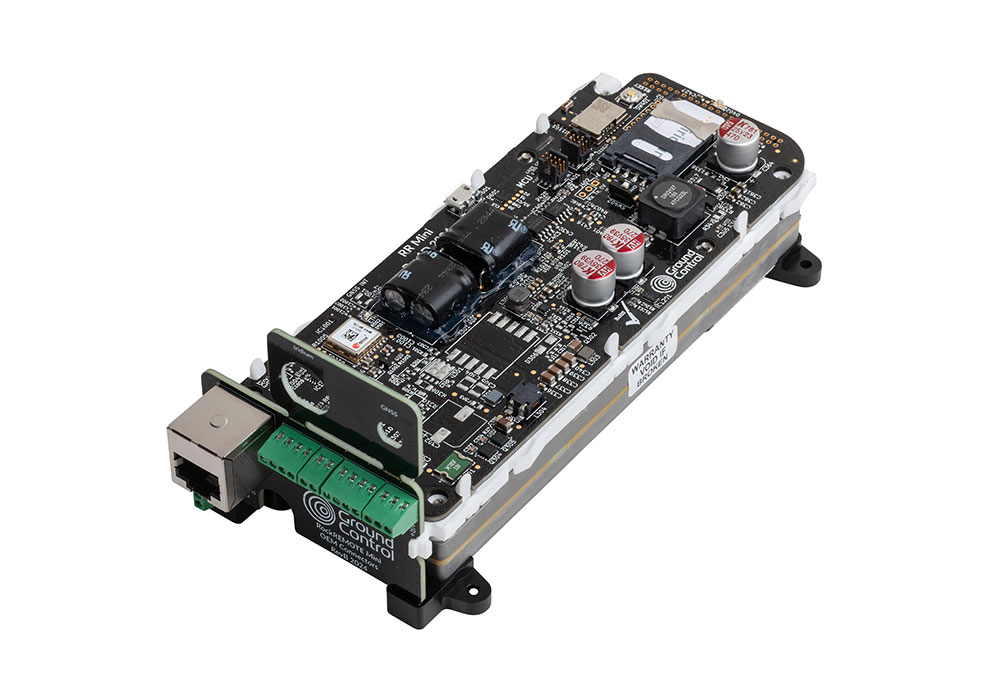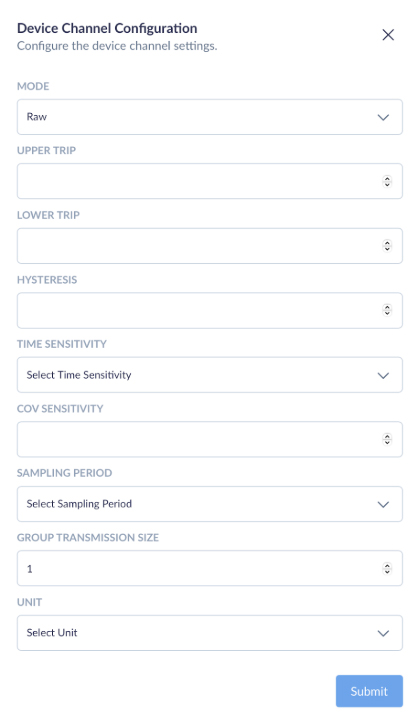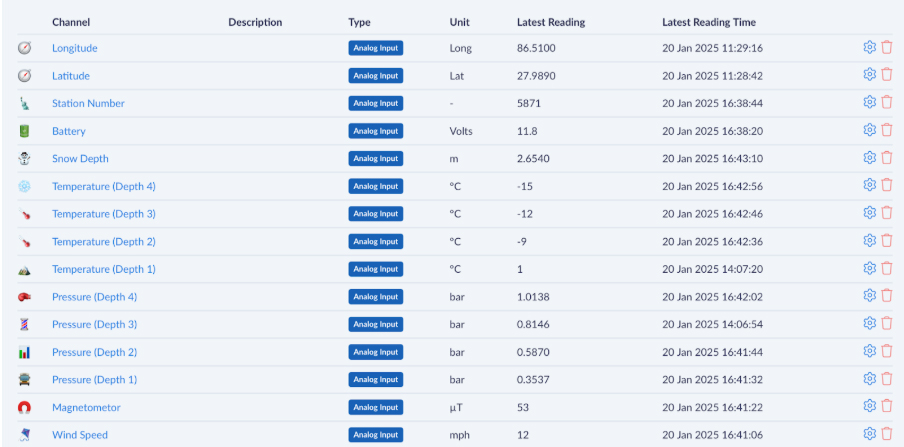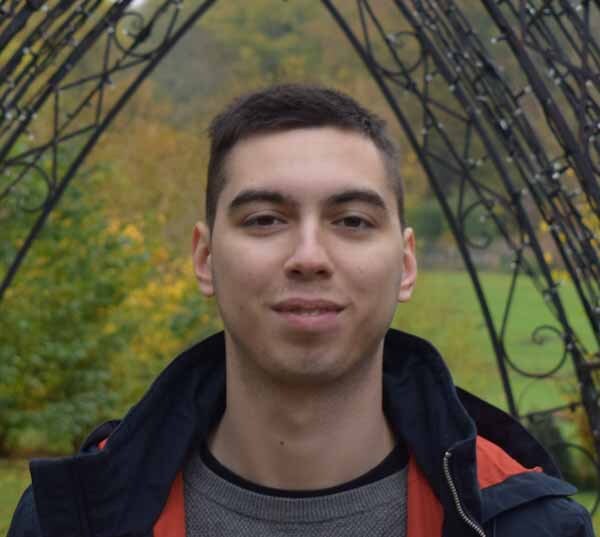Ground Control has joined the CLS Group, a global leader in satellite-based monitoring and connectivity. Together, we bring decades of experience and a shared commitment to connecting people, places, and assets in the world’s most challenging environments.
CLS has been developing space-based technologies for nearly forty years. Their work helps governments, scientists, and industries protect and manage the planet’s resources. With 1,100 people across 35 locations worldwide, CLS combines satellite data, IoT connectivity, and advanced analytics to deliver insights that guide critical decisions.
Ground Control designs rugged devices like RockBLOCK 9704 and RockREMOTE Mini, and powers them with Cloudloop, our secure platform for managing devices and data. Our customers depend on us for mission-critical communications in sectors ranging from renewable energy to disaster response. By joining CLS, we gain access to greater resources and reach, enabling us to accelerate innovation and serve our customers better.
This partnership also strengthens our combined offering. Together, we can provide truly end-to-end solutions: hardware, global connectivity, and the data platforms needed to turn information into action. For example, a single project might now use CLS satellites to track environmental changes, Ground Control hardware to gather sensor data, and Cloudloop to manage and deliver that data to decision-makers.
“Joining CLS is a natural evolution for Ground Control,” says Alastair MacLeod, CEO of Ground Control. “Together, we offer end-to-end solutions – hardware, connectivity, platform, and support – with enhanced global reach through local representation and shared environmental values.”
Stéphanie Limouzin, President of CLS Group, adds, “Combining CLS’s space-based IoT services with Ground Control’s robust hardware and cloud platforms makes perfect sense. This move will allow us to better serve our clients with enhanced proximity, agility, and a broader portfolio of tools adapted to their operational environments.”
Ground Control will continue to operate under its own brand, with the same focus on reliable connectivity and customer service. With CLS’s global scale and environmental mission behind us, we’re ready to create new opportunities for our customers and help shape a more connected, sustainable future.
Ground Control was advised by HCR (legal) and IAGC (financial), while CLS was advised by Capital Law (UK) and Meister Seelig & Fein (USA).
About CLS Group
CLS is a global company dedicated to using space-based technologies to understand and protect our planet. Headquartered in Toulouse, France, CLS has been a pioneer in satellite-based monitoring and connectivity for nearly forty years. With more than 1,100 people across 35 locations worldwide, the company works at the intersection of science, technology, and sustainability.
CLS focuses on five key areas: environmental monitoring, maritime surveillance, sustainable fisheries management, mobility, and energy and infrastructure monitoring. Every day, CLS processes vast amounts of satellite and IoT data to help governments, NGOs, and industries make informed decisions that balance operational needs with the stewardship of natural resources.
Get in touch
Ground Control has entered an exciting new chapter as part of the CLS Group, and we look forward to sharing more about what this partnership will mean in the months ahead. If you have questions about the news, our solutions, or how we can support your organization, we’d love to hear from you.
Use the form below to get in touch. You can also email us directly at hello@groundcontrol.com – our team is ready to help.


